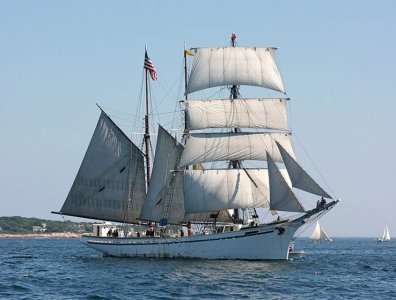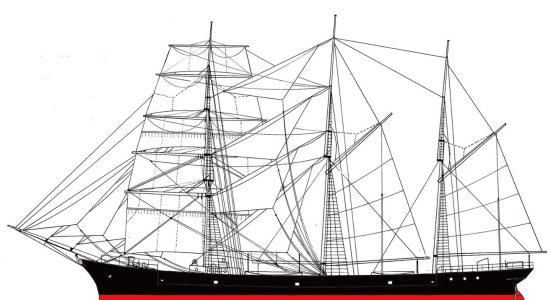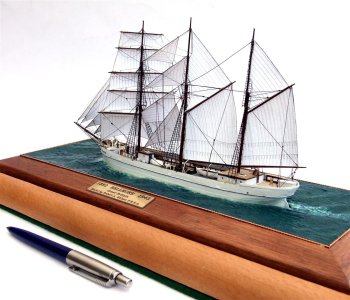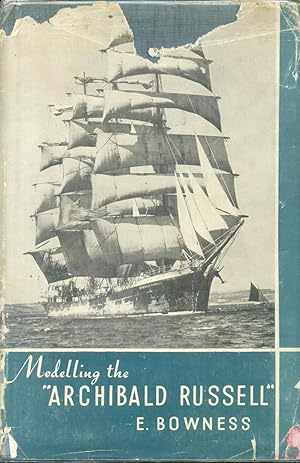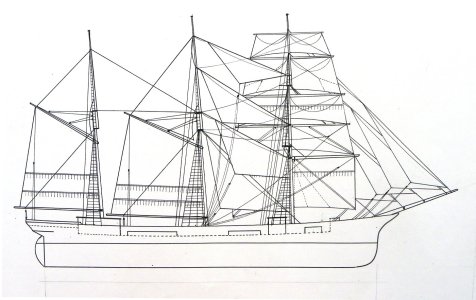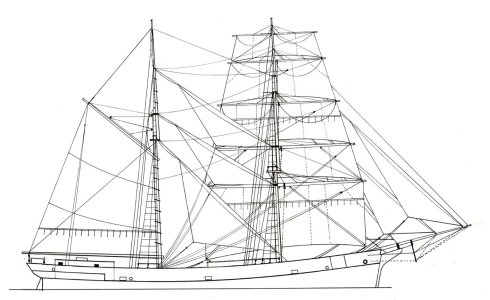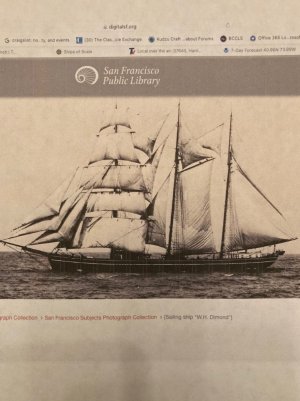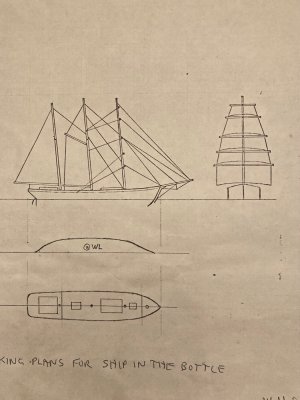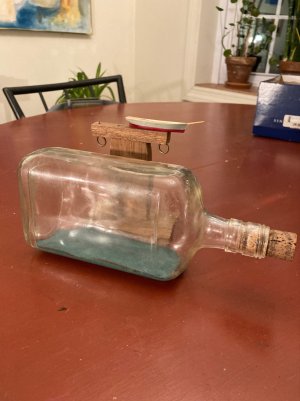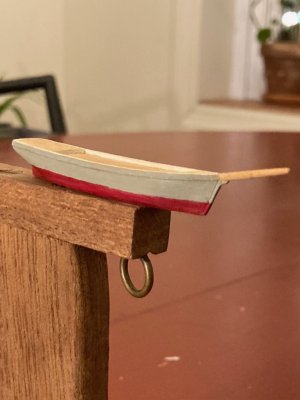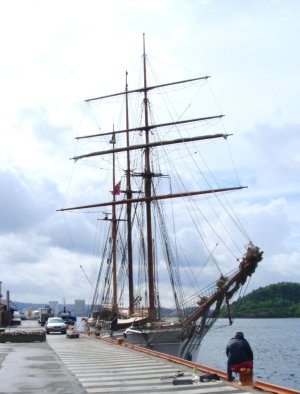- Joined
- Oct 10, 2023
- Messages
- 12
- Points
- 28

I just finished reading Twilight for the Gods by Ernest Gann. A story of a old ship ( barquentine) and the myriad of troubles it encountered.
I Googled barquentine and it looked like a interesting model to build. But I haven't found a kit that fulfils the definition of barquentine -square rigged foremast and fore and aft rigged main and mizzen. Has anyone run across a kit?
THANKS
Bob Walters
Portland, OR
I Googled barquentine and it looked like a interesting model to build. But I haven't found a kit that fulfils the definition of barquentine -square rigged foremast and fore and aft rigged main and mizzen. Has anyone run across a kit?
THANKS
Bob Walters
Portland, OR




